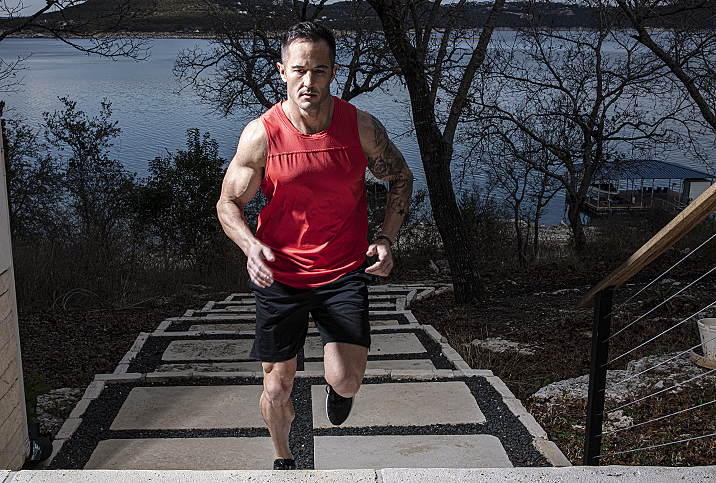How To Prepare For Your First 5K Race

Signing up for a 5K, a race of a little more than 3 miles, is a great way to be more accountable about exercise. Even if you’re new to running, a 5K is doable with the proper amount of training.
Choosing your race
There is a wide range of 5K races, including themed races, fundraisers and competitive tracks with obstacles. Picking a race you can get excited about will help you stay motivated to train. For example, if you have a cause that’s important to you, such as breast cancer research, find a race that supports it.
Some races are more intense than others. If you’re signing up to have a good time, you might like to try a color run (where puffs of color powder are thrown at you along the way), a zombie run (where actors dressed as zombies chase you through the race) or a glow-in-the-dark run in the middle of the night. There’s also no shortage of 5Ks that award you with a beer at the finish line to those that end with a full-fledged festival with free T-shirts and live music. Holiday races on Saint Patrick’s Day and Thanksgiving are other popular choices for this kind of event.
If you’re taking the race a bit more seriously, you might prefer a simple timed race without all the added frills. Especially for your first race, take into account the weather and terrain that might best suit you. You may prefer a hilly trail that runs through grass and trees, while others enjoy a flat concrete path.
When to begin training
It makes sense to give yourself at least a month or two to train before your first 5K, but if you can schedule it three months out, you’ll have a better opportunity to prepare thoroughly.
The sooner you start training, the better. Running is a high-impact activity that requires rest and recovery between workouts. Running too frequently or too far before your body has time to adjust are common rookie mistakes that can cause injuries and setbacks.
How to get started
It’s easy to find apps and websites that offer free sample training programs. However, listening to your body and making adjustments as needed will be vital to your success as a runner. Before you get too far into training, be sure to visit an athletic store and pick up a supportive pair of sneakers.
While duration will depend on your fitness level, a 5K race generally takes about 30 minutes to complete, which means you’ll need to build up the endurance to move your body for at least 30 minutes at a moderate pace. Walking, jogging and eventually adding spurts of faster running during a 30-minute workout is a solid training strategy. Aim for three days per week to avoid common overuse injuries, such as shin splints or pulled muscles.
You can train on an outdoor or indoor track, treadmill, hiking trail or sidewalk. Ideally, you’ll want to practice running on a course similar to the race you're planning to enter.
Always keep safety in mind when you're training—bring a buddy when running in the woods and wear reflective clothing if running where there's nearby traffic. Make an extra effort to stay hydrated, especially if you’re training in warm weather.
Perform active recovery days
If you’re running three days per week, that doesn’t mean you should be sedentary on the other four days. Active recovery means moving your body in different ways to promote healing and continue improving your fitness level. Alternative exercises such as swimming, biking, yoga or dance can complement your running program and help you maintain a regular exercise schedule.
What to do on race day
When the day of your first 5K arrives, you’ll feel more confident if you took the time to train. Set yourself up for a good night’s sleep before the race and give yourself a little extra time to warm up and stretch that morning.
Pacing yourself through the beginning of the race can be a challenge for newbies since it’s easy to get caught up in the excitement of the event. Start slow and make a note of race markers to gauge your speed and adjust as you go. It’s better to speed up at the end than burn out early.
Your first 5K is a starting point for more races to come. Instead of getting too hung up about your finish time, use it as a baseline record that you’ll aim to beat next time.


















